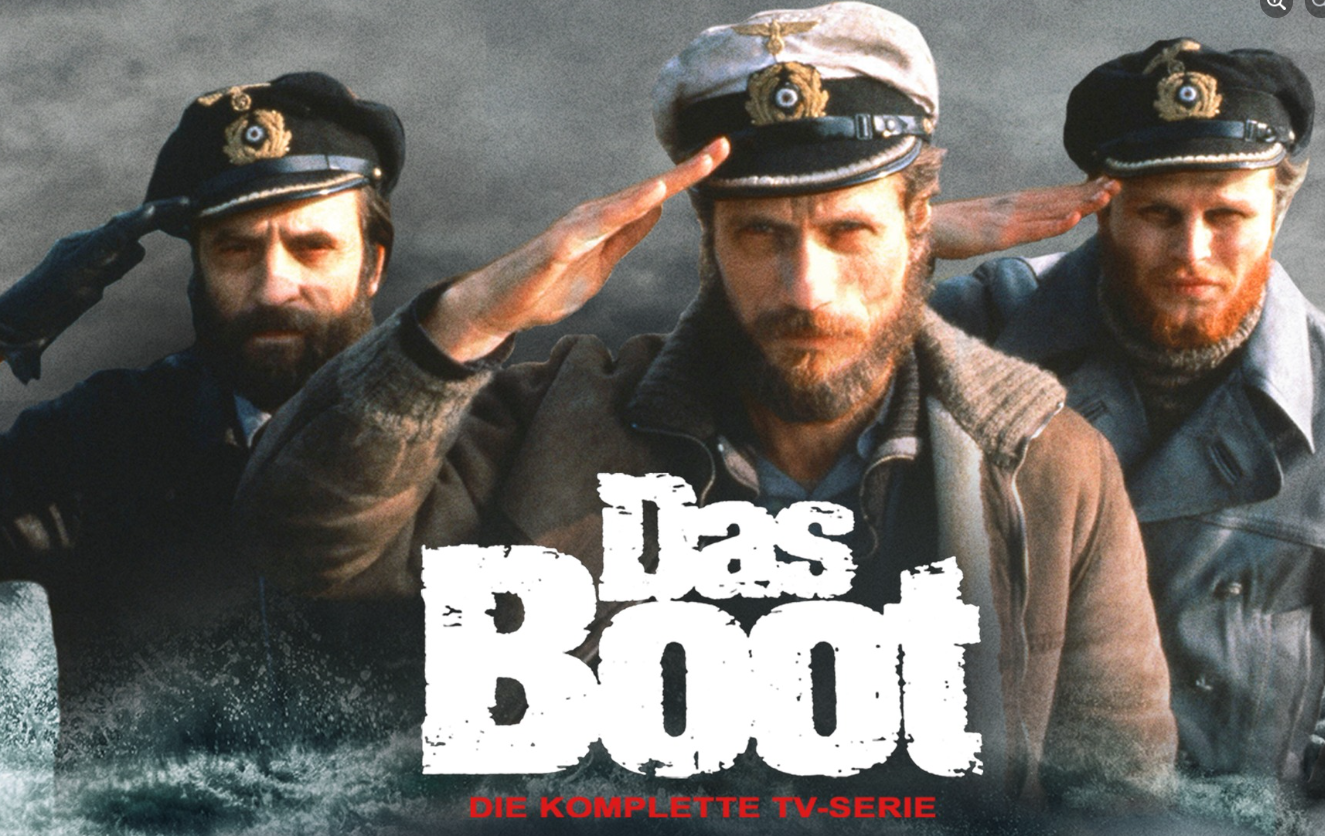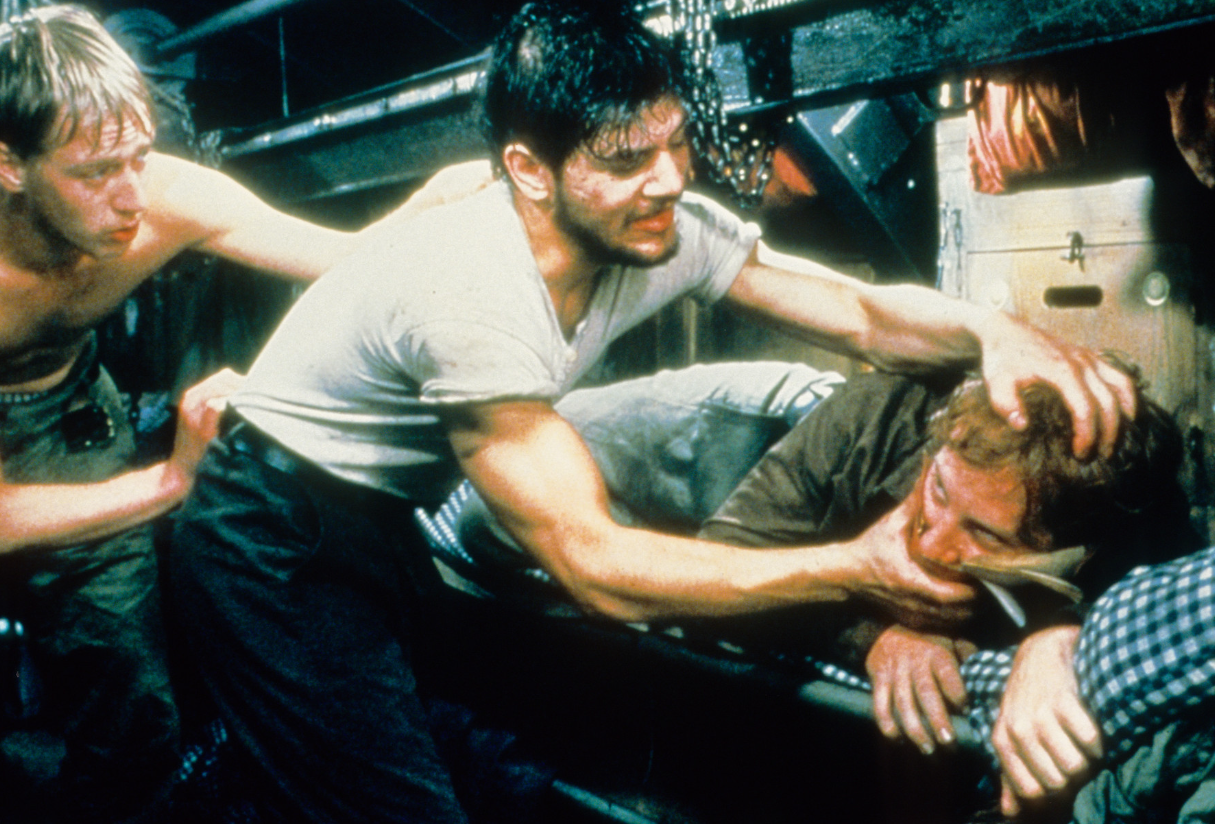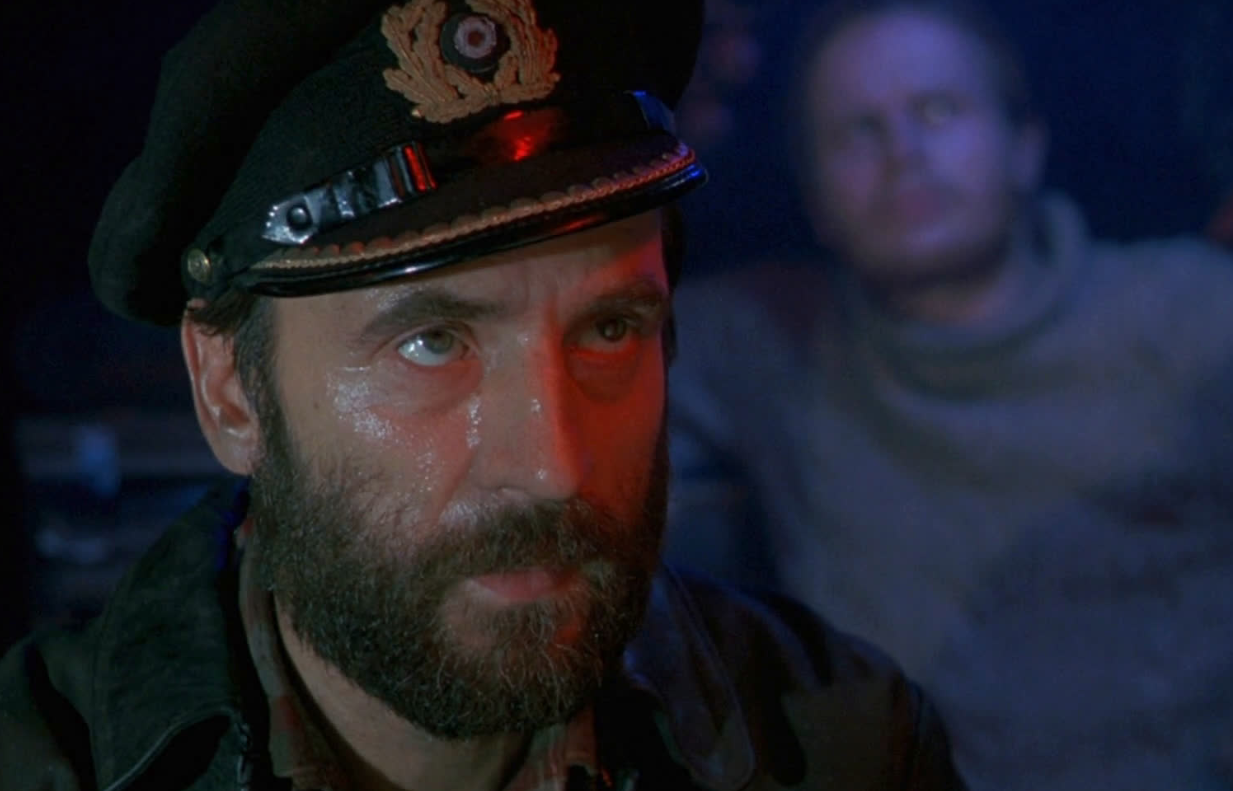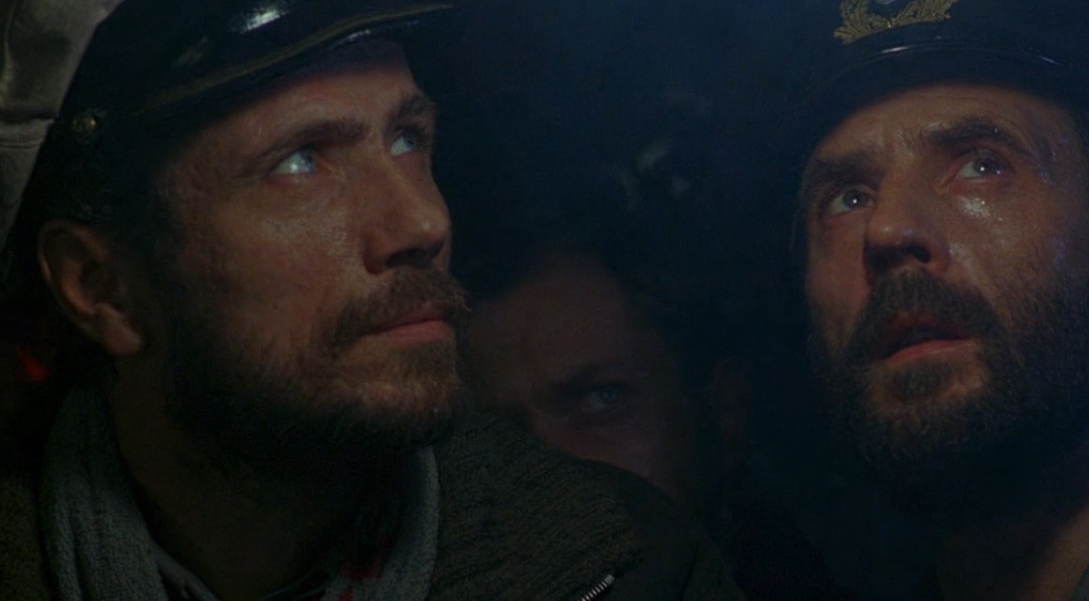🎬 Das Boot (1981) – The Relentless Tension of Submarine Warfare

Director: Wolfgang Petersen
Main Cast: Jürgen Prochnow, Herbert Grönemeyer, Klaus Wennemann
Das Boot is a gripping war drama set during World War II, offering a harrowing portrayal of life aboard a German U-boat. Based on Lothar-Günther Buchheim’s novel, the film captures the claustrophobic, tense, and dangerous reality of submarine warfare as seen through the eyes of the crew of U-96. With outstanding direction, authentic performances, and immersive storytelling, Das Boot is widely regarded as one of the best war films ever made.
What to Expect in Das Boot
- Claustrophobic Atmosphere:
- One of the defining features of Das Boot is its ability to immerse the audience in the tight, suffocating quarters of the U-boat. The film masterfully captures the confined space where the crew must eat, sleep, work, and fight, creating a palpable sense of tension and unease.
- The camera work and sound design make the viewer feel as if they’re right there with the crew, amplifying the psychological strain that accompanies life beneath the sea.
- Relentless Tension:
- From the moment U-96 sets sail, there is a constant undercurrent of dread. Whether it’s dodging depth charges, engaging in combat, or surviving mechanical failures, the film keeps viewers on edge.
- The unpredictability of submarine warfare is ever-present, with the crew facing near-certain death on multiple occasions. The tension builds gradually, and when action erupts, it’s explosive, terrifying, and gripping.
- Realism and Authenticity:
- Das Boot is praised for its historical accuracy and commitment to realism. The attention to detail in the U-boat’s interior, the crew’s behavior, and the depiction of naval warfare make the film feel authentic, capturing the raw brutality of World War II.
- The characters, though part of the German navy, are portrayed as men trapped in a hellish situation, fighting for survival rather than ideology. This humanizes them and adds emotional complexity to the narrative.
- Psychological Impact of War:
- The psychological toll on the crew is at the core of Das Boot. The sailors, including the U-boat’s captain (played by Jürgen Prochnow), endure long stretches of boredom interrupted by moments of sheer terror. The strain of waiting for the next attack, coupled with the oppressive environment, begins to wear down their morale and sanity.
- The film delves into the internal conflicts faced by the men, particularly their disillusionment with the war and the emotional isolation they experience far from home.
- Character-Driven Drama:
- While Das Boot is primarily a war film, it is also deeply character-driven. Each member of the crew, from the hardened captain to the inexperienced young sailor, is given depth and nuance. Their personal stories and relationships unfold amidst the chaos of battle, creating a compelling human drama.
- The film’s emotional core lies in its ability to make the audience care about these men, their struggles, and their fate.
Cinematic Techniques
- Brilliant Direction and Cinematography:
- Wolfgang Petersen’s direction is a masterclass in tension-building. His use of tight, close-up shots enhances the claustrophobia, while wide shots of the ocean juxtapose the smallness of the U-boat against the vast, indifferent sea.
- The cinematography inside the submarine is tight and chaotic, adding to the tension and confusion of battle. The constant movement of the camera mirrors the shifting dynamics of survival inside the boat.
- Immersive Sound Design:
- The sound design in Das Boot plays a crucial role in heightening the tension. Every creak of the submarine’s hull, the relentless ping of sonar, and the terrifying sound of depth charges exploding near the boat keeps the viewer on edge.
- The subtle use of silence, broken only by the distant sounds of machinery or the ocean, builds anticipation and creates a foreboding atmosphere that pervades the entire film.
- Evocative Score:
- The haunting score by Klaus Doldinger complements the film’s tone perfectly. The music heightens the emotional stakes, especially in moments of impending danger, and helps drive the sense of urgency that defines Das Boot.
Legacy and Influence
- A Landmark in War Cinema:
- Das Boot is considered one of the greatest war films ever made, not just for its technical achievements but for its focus on the psychological and emotional toll of war on individuals.
- Its impact can be seen in subsequent submarine films and other war dramas, influencing directors and writers in their portrayals of confined, intense war settings.
- A Complex Perspective on WWII:
- Unlike many World War II films that focus on the Allies, Das Boot gives a rare, humanizing look at the German side of the war, particularly at individuals who are more concerned with surviving than with politics.
- This perspective adds layers to the film’s narrative, showing the universal experience of soldiers in wartime—fear, hope, and despair, regardless of which side they fight for.
Conclusion
Das Boot stands as a timeless and harrowing depiction of submarine warfare, blending intense action with powerful human drama. Its claustrophobic setting, relentless tension, and authentic portrayal of the psychological toll of war make it one of the most immersive and gripping war films ever made. With its remarkable direction, performances, and technical brilliance, Das Boot is an essential watch for fans of war cinema and anyone interested in a deep exploration of the human condition under extreme circumstances.















